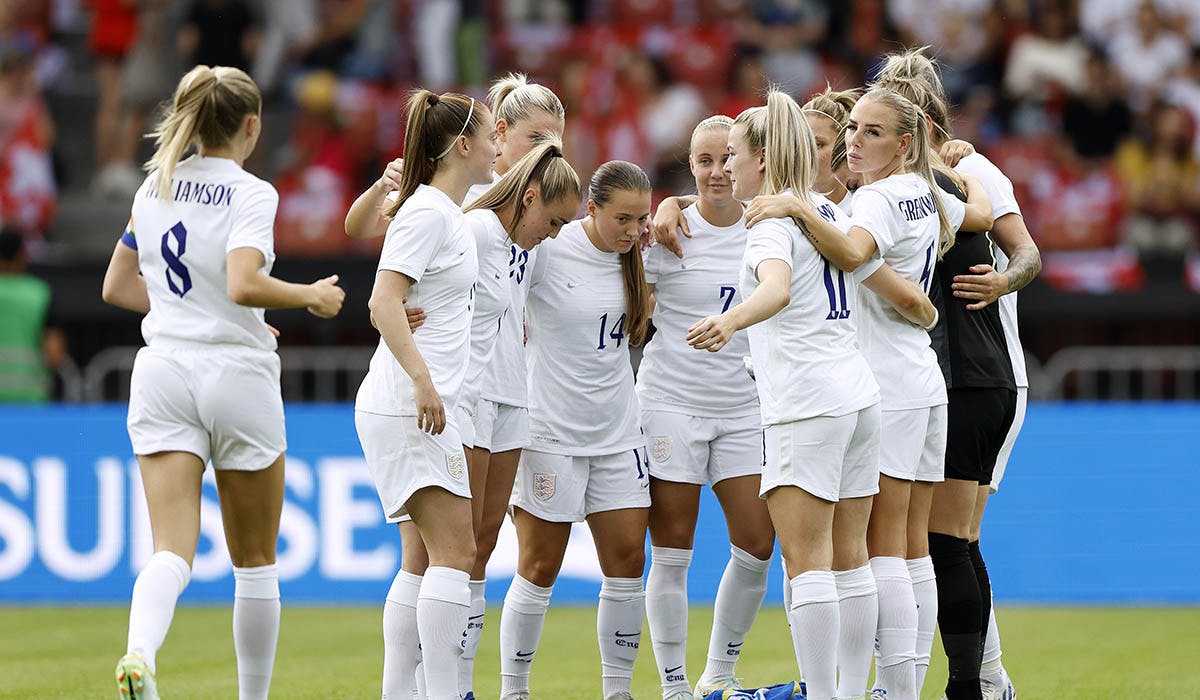
The Evolution of Women's Sports Broadcasting: A New Era of Engagement

Discover the latest trends in women's sports broadcasting and how it is reshaping the industry.
Rising Viewer Engagement in Women's Sports
In a groundbreaking shift, the realm of women's sports broadcasting has witnessed a remarkable surge in viewer engagement. Recent data unveiled by the Women's Sport Trust unveils a staggering statistic: 46.7 million individuals in the UK dedicated their time to watching women's sports on linear TV in the past year, marking a significant milestone in the industry's history.
Lionesses Football Association
This unprecedented viewership surge represents a notable increase of one million viewers compared to the previous record set in 2019, signaling a burgeoning interest and support for women's sports. The average duration spent consuming women's sports content on both free-to-air and paid TV platforms soared by 16% year-over-year, reflecting a shift towards inclusivity and recognition of female athletes' prowess.
Notably, platforms like BBC iPlayer and ITVX have seen substantial growth in viewership, with the FIFA Women's World Cup and the Barclays Women's Super League capturing the attention of millions. The rise of digital platforms like TikTok has also played a pivotal role in amplifying the visibility of women's sports, with a significant surge in views for tournaments like the Guinness Women's Six Nations.
Challenges and Opportunities Ahead
Despite the positive trajectory, challenges persist in the landscape of women's sports broadcasting. The report highlights a decline in TV coverage from 13% to 8% in 2023, underscoring the need for sustained efforts to enhance visibility and accessibility for women's sports content. Tammy Parlour, CEO of Women's Sport Trust, emphasizes the importance of leveraging digital platforms and maximizing streaming numbers to expand the audience base and foster greater engagement with women's sports.
Moreover, the evolving market dynamics present a unique opportunity for brands to tap into the growing popularity of women's sports. The Women's World Cup served as a catalyst for attracting new viewers, with 15.6 million individuals tuning in for the first time. The subsequent conversion of 43% of these viewers into regular consumers of women's sports signifies a promising trend for the industry's future growth and sustainability.
The Path to Sustainable Growth
Football emerges as the frontrunner in women's sports, mirroring its prominence in the men's category. The demographic shift towards a younger, female audience signals a positive trend for the industry, indicating a shift in consumer preferences and engagement patterns. Laura Weston, trustee of Women's Sport Trust, emphasizes the importance of a strategic approach in content placement to cultivate a loyal viewership base and establish women's sports as a mainstream entertainment choice.
As the industry navigates the 'test and learn' phase, the focus remains on transforming visibility into viability to ensure the long-term sustainability of women's sports. Increased investment and support are essential to recognize and reward the exceptional efforts of female athletes on the global stage, fostering a culture of inclusivity and empowerment within the sports community.









